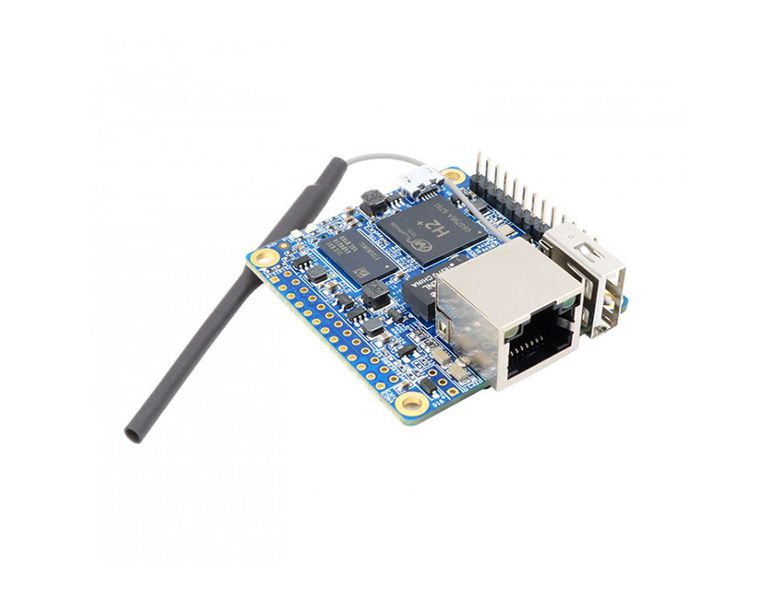
Orange Pi Zero2 by Shenzhen Xunlong Software CO.,Limited
Orange Pi Zero2 is for anyone who wants to start creating with technology – not just consuming it. It’s a simple, fun, useful tool that you can use to start taking control of the world around you.
- Allwinner H616 64-bit high-performance Quad-core Cortex-A53 processor
- Mali G31 MP2
- Supports OpenGL ES 1.0/2.0/3.2, OpenCL 2.0
- 512 MB/1 GB DDR3 (Shared with GPU)
- TF card slot
- 2 MB SPI Flash
- Support 1000M/100M/10M Ethernet
- Onboard Wifi + Bluetooth
- AW859A Chip
- Support IEEE 802.11 a/b/g/n/ac
- Support BT5.0
- USB-C interface 5 V/2 A input
- 3*USB 2.0 HOST (Two of them are via 13pin interface board)
- UART-TX, UART-RX and GND
- Power Button(SW602)
- 26pin header with I2C, SPI, UART and multiple GPIO ports
- 13pin header with 2*USB Host, IR pin, Tv-out, AUDIO (no MIC) and 3 GPIO ports
- Power led & Status led
- Android 4.4, Lubuntu, Debian, Armbian Image
Purchase
Contribute
Have some info to add for this board? Edit the source for this page here.
Adafruit Blinka Installation
We use a special library called adafruit_blinka (named after Blinka, the CircuitPython mascot) to provide the layer that translates the CircuitPython hardware API to whatever library the Linux board provides.
For example, on Raspberry Pi we use the python RPi.GPIO library. For any I2C interfacing we'll use ioctl messages to the /dev/i2c device. For SPI we'll use the spidev python library, etc. These details don't matter so much because they all happen underneath the adafruit_blinka layer.
